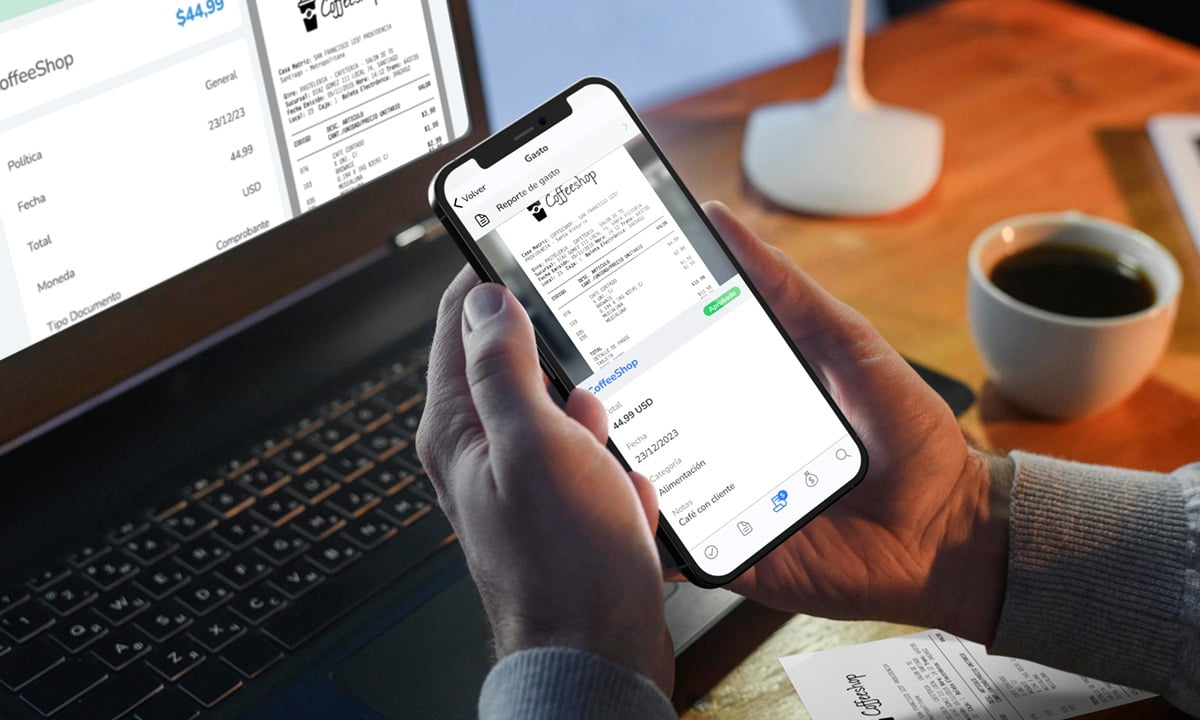
AI is moving fast. It’s powering everything from smart assistants to personalized recommendations and auto-signup flows. But as these systems get better at understanding your behavior, they’re also collecting more of your data, including the kind most people overlook: your phone number.
That one piece of information quietly connects your activity across platforms, tools, and services. If you care about privacy, this is where your strategy needs to evolve.
How AI Uses Your Phone Number to Track You
When people talk about AI and privacy, they usually focus on the big stuff: surveillance, voice data, biometric scans, and chat logs.
But one of the most overlooked data points AI uses is your phone number.
Think about how often you’re asked for it: signing up for apps, verifying a login, creating accounts for new AI tools. Every time you enter it, that number becomes an anchor for your identity across systems.
AI uses your number to:
- Connect activity across different accounts
- Predict your region, language, or preferences
- Associate you with previous behavior, even on different platforms
In technical terms, it’s a unique identifier. In practical terms, it’s a breadcrumb trail.
And most people have no idea how much they’re giving away with just those 10 digits.
The Privacy Risk No One Talks About
Your phone number was never meant to be a digital fingerprint. But today, that’s exactly what it is.
Once it’s in the system, it’s hard to detach. Companies use it to:
- Re-target you across apps
- Build shadow profiles based on linked data
- Serve hyper-personalized ads
- Trigger account recovery or risk reviews
And because you likely use the same number across platforms, it creates a single point of connection. That’s great for convenience. Not great for privacy.
Even worse, your number can be used in phishing attempts, spam campaigns, and SIM swap attacks—just because it’s out there, tied to your digital identity.
The more AI tools rely on identity to personalize or secure experiences, the more your number becomes a vulnerability.
And unlike cookies or device IDs, you can’t just clear it.
“You’ve got a VPN, ad blocker, cookie cleaner… but you gave ChatGPT your real number?”
 What Are Temporary Numbers (And Why You Should Care)
What Are Temporary Numbers (And Why You Should Care)
Temporary numbers give you a way to stay in control.
They’re real phone numbers you can use to receive verification codes or sign up for services, without tying your actual number to the account. Some expire after a few minutes. Others can be rented for a week, a month, or longer.
They’ve been quietly used in industries like:
- Growth marketing (for testing signups)
- Gaming (for managing multiple accounts)
- Crypto (for anonymous access)
- Freelancing (for regional registrations)
- QA and automation (for testing flows)
They’re now becoming relevant to everyday users who just want to:
- Avoid spam
- Use new apps without long-term risk
- Protect their identity while trying out AI tools
You can choose between public shared numbers for quick access or private numbers when you need reliability and privacy.
If you’re curious how they work technically, here’s a simple breakdown of how temporary numbers work.
“A temporary number is like a VPN for your phone line.”
Why Temporary Numbers Are the Next Big Thing in AI Privacy
AI tools are multiplying. So is the number of platforms asking for your number.
Agents, auto-signup bots, early-access tools, niche SaaS products—nearly every new AI product wants a piece of your identity. And phone numbers are often the default.
Here’s the shift: The smarter the tools get, the more they rely on verification. And the more services you use, the more exposed your real number becomes.
That’s where temporary numbers become essential.
They let you:
- Stay anonymous when trying something new
- Segment your digital identity by use case (AI testing, dating, shopping, etc.)
- Avoid long-term ties to services you only needed once
Privacy isn’t just about hiding anymore. It’s about managing exposure.
And as AI systems get better at connecting the dots, users will need smarter ways to control which dots they leave behind.
“Still using your real number? That’s the digital equivalent of leaving your front door open.”
 How to Use Temporary Numbers Like a Pro
How to Use Temporary Numbers Like a Pro
You don’t have to overhaul your life. Just be smarter about where your number goes.
Here’s a quick strategy:
- Know when to keep your number private:
- New AI tools
- Platforms you don’t fully trust
- Services you only plan to use once
- Use shared public numbers for quick access:
- Free
- Great for testing or one-time signups
- Less secure, but fine for disposable accounts
- Use private, rented numbers for reliability:
- Secure
- Great for longer-term accounts
- Let’s you control SMS verifications
Platforms like Quackr offer both types with flexible durations and country options, with no long-term tie-ins.
Conclusion: Privacy Starts With What You Share
You already protect your passwords. You might use a VPN. Maybe even block cookies.
But if you’re still handing out your real phone number to every new AI tool, you’re leaving the front door wide open.
Your number is one of the easiest ways to track you, and one of the hardest to take back once it’s out there.
Temporary numbers give you a simple way to take control. No technical setup. Just smarter digital habits.
As AI gets better at connecting everything, protecting your number might be the most overlooked privacy move you can make this year.

 What Are Temporary Numbers (And Why You Should Care)
What Are Temporary Numbers (And Why You Should Care) How to Use Temporary Numbers Like a Pro
How to Use Temporary Numbers Like a Pro



